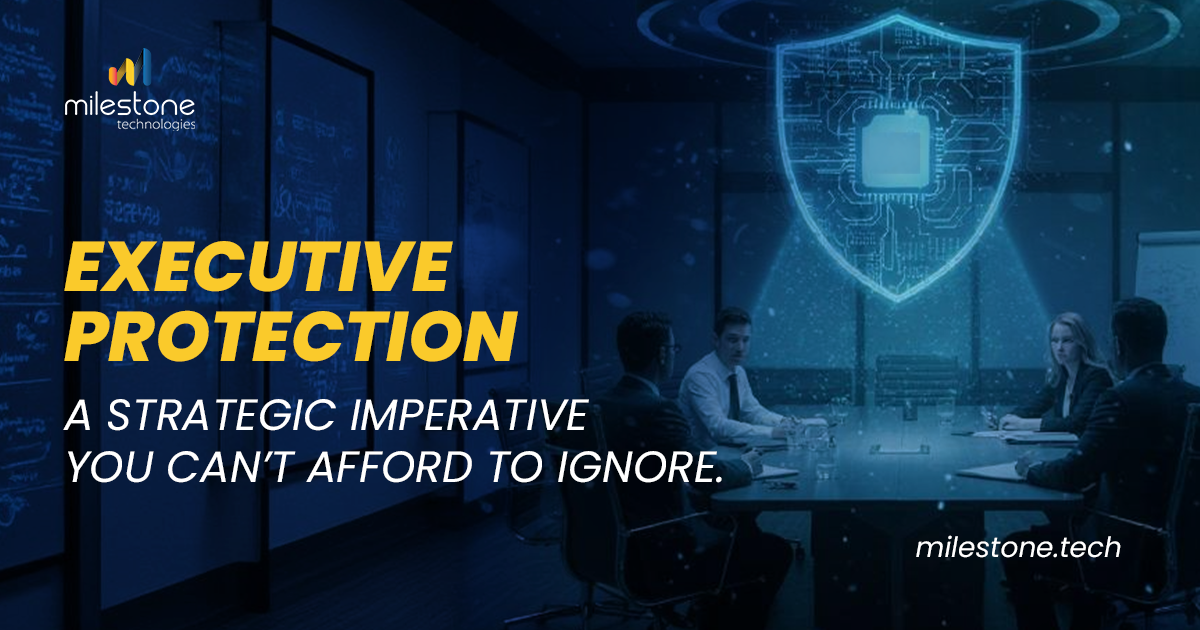Uncover the hidden impact of unconscious bias on workplace dynamics and learn actionable strategies for fostering inclusivity, fairness, and diversity in your organization.
Unconscious or implicit bias refers to the automatic, unintentional assumptions and judgments we make about others based on stereotypes, experiences, or cultural conditioning. These biases often operate beneath the surface of our conscious awareness, influencing our decisions and interactions in subtle yet significant ways.
In the workplace, unconscious bias can shape hiring choices, performance evaluations, and daily team dynamics, often leading to inequitable outcomes. For example, imagine a hiring manager automatically assuming that a candidate with an unconventional name or an accent may not be as skilled as others, despite having an impressive resume. This unconscious bias can unfairly disadvantage capable individuals and deprive the organization of valuable talent.
A United Nations Development Programme (UNDP) finding reveals that close to 90% of people harbor at least one bias against gender equality. Other studies indicate that nearly 60% of employees report having experienced some sort of bias at the workplace, and those who perceive it are nearly three times as likely to disengage at work.
Unconscious bias carries a significant financial burden, with its effects rippling through workplace culture and productivity. While the average cost of a poor hiring decision, influenced by bias in recruitment, can exceed $50,000 when factoring in onboarding expenses and productivity gaps, the annual cost of replacing American employees who leave their jobs due to discrimination or unfair treatment is estimated to exceed $60 billion.
Left unchecked, these biases not only limit opportunities for talented individuals but also hinder organizational growth by stifling diversity, inclusion, and innovation. This blog explores the nuances of unconscious bias and its impact on workplace dynamics and provides actionable strategies to identify and overcome these biases for a more equitable and thriving work culture.
Let’s begin by unpacking some of the most common biases.
First Impression
This bias involves forming lasting opinions based on an initial encounter, often ignoring subsequent evidence that contradicts the first impression. It can influence relationship building and decisions in hiring and promotions.
Affinity
Affinity bias occurs when people gravitate toward others who share similar backgrounds, interests, or experiences. This bias often leads to favoritism in hiring or promotions, sidelining equally or more qualified individuals who don’t share those commonalities.
Confirmation
Confirmation bias is the tendency to seek or interpret information in a way that confirms our pre-existing beliefs. In the workplace, this can result in overlooking critical information or ignoring viewpoints that challenge assumptions.
Similarity
Also known as ‘in-group bias,’ similarity bias causes people to favor individuals who resemble them and share their characteristics, such as cultural background or hobbies. This can result in cliques or homogeneous teams, hindering diversity and inclusion.
Halo Effect
The halo effect occurs when one positive trait of an individual, such as a degree from a prestigious institution, creates an overall favorable impression. Also, an employee who excels in one area may be perceived as competent in unrelated areas. This can lead to overestimating their abilities in unrelated areas, skewing evaluations.
Horn Effect
The horn effect is the opposite of the halo effect, where one negative characteristic results in overlooking an employee’s strengths and overshadowing an individual’s other qualities. For instance, a single mistake might lead to the perception that someone is generally incompetent.
Attribution
Attribution bias refers to how we explain the behaviors or outcomes of others. We tend to attribute others’ successes to external factors and their failures to their personal reasons while excusing our own shortcomings with external reasons.
Authority
Authority bias occurs when we place undue trust in the opinions or decisions of authority figures. In the workplace, this can stifle innovative ideas, as employees may hesitate to challenge decisions from leadership, leading to accepting flawed decisions without critical analysis.
Conformity
Conformity bias happens when individuals align their opinions or actions with group consensus, even if they disagree. This can suppress creativity and critical thinking within teams.
Gender
Gender bias involves making assumptions about individuals based on their gender. This can manifest in unequal opportunities, limited opportunities for leadership roles, pay gaps, or stereotypes that undervalue certain roles or skills traditionally associated with specific genders.
Racial
Racial bias refers to the prejudice or assumptions and the tendency to make judgments or decisions based on race or ethnicity. It can result in discriminatory practices in hiring, promotions, or daily interactions in the workplace and limited opportunities for minority groups.
Beauty
Beauty bias involves favoring individuals perceived as physically attractive. This bias can influence hiring decisions, promotions, or performance evaluations, often disadvantaging equally skilled or more qualified individuals who don’t meet conventional beauty standards.
Weight
Weight bias is the tendency to make negative assumptions about individuals based on their body weight, which can lead to discrimination in hiring, promotions, or daily interactions.
Disability
Disability bias arises when assumptions are made about an individual’s capabilities based solely on their disability. This can result in unequal opportunities in hiring, promotions, or workplace accommodations. For instance, an employer might underestimate the productivity of a candidate with a disability, overlooking their qualifications and potential.
Sexual Orientation or Identity
This bias occurs when judgments or decisions are influenced by an individual’s sexual orientation or identity. This bias can lead to exclusion, stereotyping, or unequal treatment in professional settings. For example, an employee of the LGBTQIA+ community may face discrimination or miss opportunities due to assumptions about their abilities or fit within a team.
Age
Age bias includes assumptions about someone’s capabilities based on their age. Younger employees may be viewed as inexperienced, while older employees may be unfairly stereotyped as resistant to change or less adaptable.
Name
Name bias occurs when judgments are made based on a person’s name, often tied to cultural or ethnic stereotypes. This can impact hiring decisions or opportunities for advancement, regardless of their qualifications or performance.
Parental
Parental bias involves assumptions about an individual’s commitment or availability based on their status as a parent, often affecting women more than men.
Confronting these biases and implementing proactive measures is essential to effectively addressing them. Let’s look at some of the ways we can achieve this.
Strategies to combat Unconscious Bias
- Education and Awareness: Implement training programs to help employees recognize and understand their hidden biases.
- Structured Recruitment Processes: Develop standardized interview questions and evaluation criteria to minimize subjective judgments.
- Blind Recruitment Techniques: Remove identifying information from applications to focus on qualifications and skills. However, it’s important to monitor outcomes, as some studies have shown mixed results with blind recruitment.
- Diverse Hiring Panels: Include individuals from various backgrounds in the recruitment process to provide multiple perspectives.
- Performance Evaluation Calibration: Regularly review and adjust performance evaluations to ensure fairness and consistency.
- Promote Inclusive Culture: Encourage open discussions about diversity and inclusion and create a safe space for employees to voice concerns and ideas.
- Accountability Measures: Set diversity and inclusion goals and hold leadership accountable for progress.
- Continuous Monitoring and Feedback: Regularly assess the effectiveness of implemented strategies and seek feedback for improvement.
Milestone provides equal employment opportunities and fosters an inclusive environment where employees feel empowered to bring their authentic selves to work. By embracing diversity, unique backgrounds, and individual perspectives, Milestone nurtures the talents of its workforce to achieve collective growth. The organization’s commitment to inclusivity has earned it notable recognitions, including Comparably’s 2023 awards for Best CEOs for Diversity (Sameer Kishore), Best Company for Diversity, Best Work-Life Balance, and Best HR Teams.
Milestone actively promotes awareness and engagement through initiatives like the Confronting Unconscious Bias Workshop, and celebrations of key cultural events, including National Hispanic Heritage Month, Pride Month, and Veterans Day. Internal activities, such as the Pride Virtual Tour and allyship sessions, further reflect its dedication to inclusivity. Through these efforts, Milestone ensures every individual feels supported, valued, and empowered to thrive in a diverse workplace. To know how you can improve workplace efficiency and productivity in your organization, contact us today.
Summing Up
Unconscious bias is a subtle yet powerful force that can impede diversity and inclusion in the workplace. By acknowledging its existence and implementing targeted strategies, organizations can create a more equitable environment. Continuous education, structured processes, and a commitment to inclusivity and belonging are critical in overcoming these hidden biases and fostering a culture where all employees can thrive.




